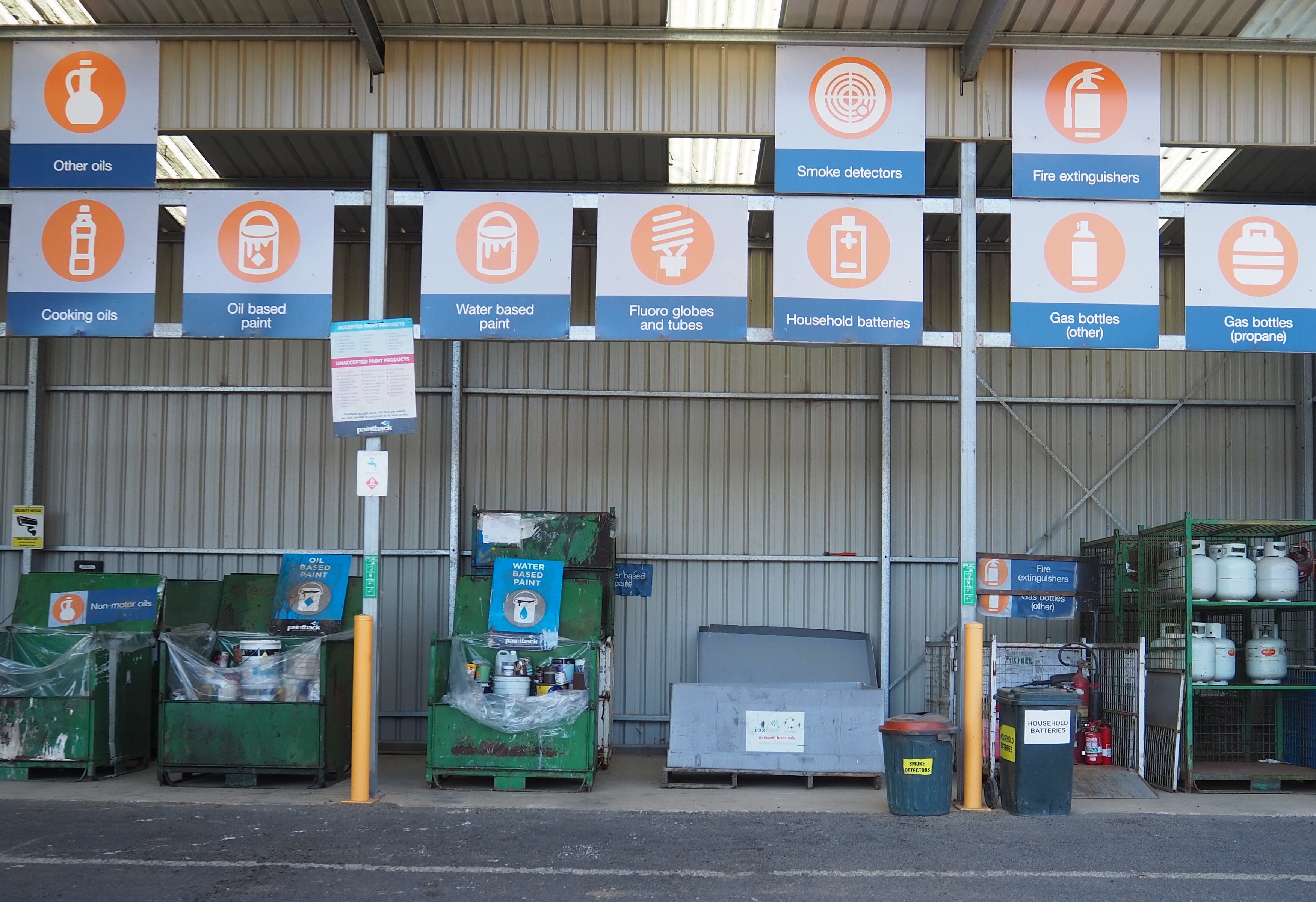Media release for World Water Day (22 March 2024)
Water, a finite resource, is under growing pressure from growing populations at both national and global levels, says Sustainable Population Australia (SPA).
According to SPA, this threatens both social and international stability.
SPA national president Jenny Goldie says currently about half the world’s population experiences for at least one month of the year due to climatic and other factors.
“If you have a finite or diminishing resource such as water but an ever-growing population that is dependent on it, then there is less of that resource for each person,” says Ms Goldie. “The blame for decreasing water security is too readily sheeted home to climate change when, in fact, still-expanding populations may be more responsible.
“For instance, across the in Africa, as a result of rapid population growth, conflict, extremism, climate change and poverty, 150 million Sahelians are facing immense challenges in terms of access to water. The region’s population will double in the next twenty years.
“Here in Australia, became a major concern in the late 20th and early 21st centuries as a result of population growth and recurring severe droughts exacerbated by climate change. Over-extraction from our river systems has led to environmental degradation. Now, each Australian mainland capital city relies on desalinated water to meet needs during dry periods and in Perth, continuously.
“A UNSW study from 2022 found that much of the river flow decline on the Darling River has not been because of climate change but almost certainly as a result of increased water extractions.
“But why has so much water been extracted? Because of the competing interests of grazing, irrigation and urban water supplies along its length. Too many people are demanding too much of the river.”
According to the Intergovernmental Panel on Climate Change (IPCC) in its sixth Report (AR6), over large parts of the world, crop losses due to droughts are projected to be at least twice as likely at 1.5°C global warming, 150 to 200% more likely at 2°C warming, and over 200% at 4°C.
“Water and food security are integrally linked,” says Ms Goldie. “Extreme droughts mean less food. Yet the United Nations Environment Program (UNEP) says the demand for food is projected to increase by 60 per cent by 2050.
“It’s not going to happen. Unless we divert a lot of production from livestock fodder to feeding humans, many people will starve. The sooner we can stabilise population numbers, the fewer the numbers of people who will suffer and die.”








